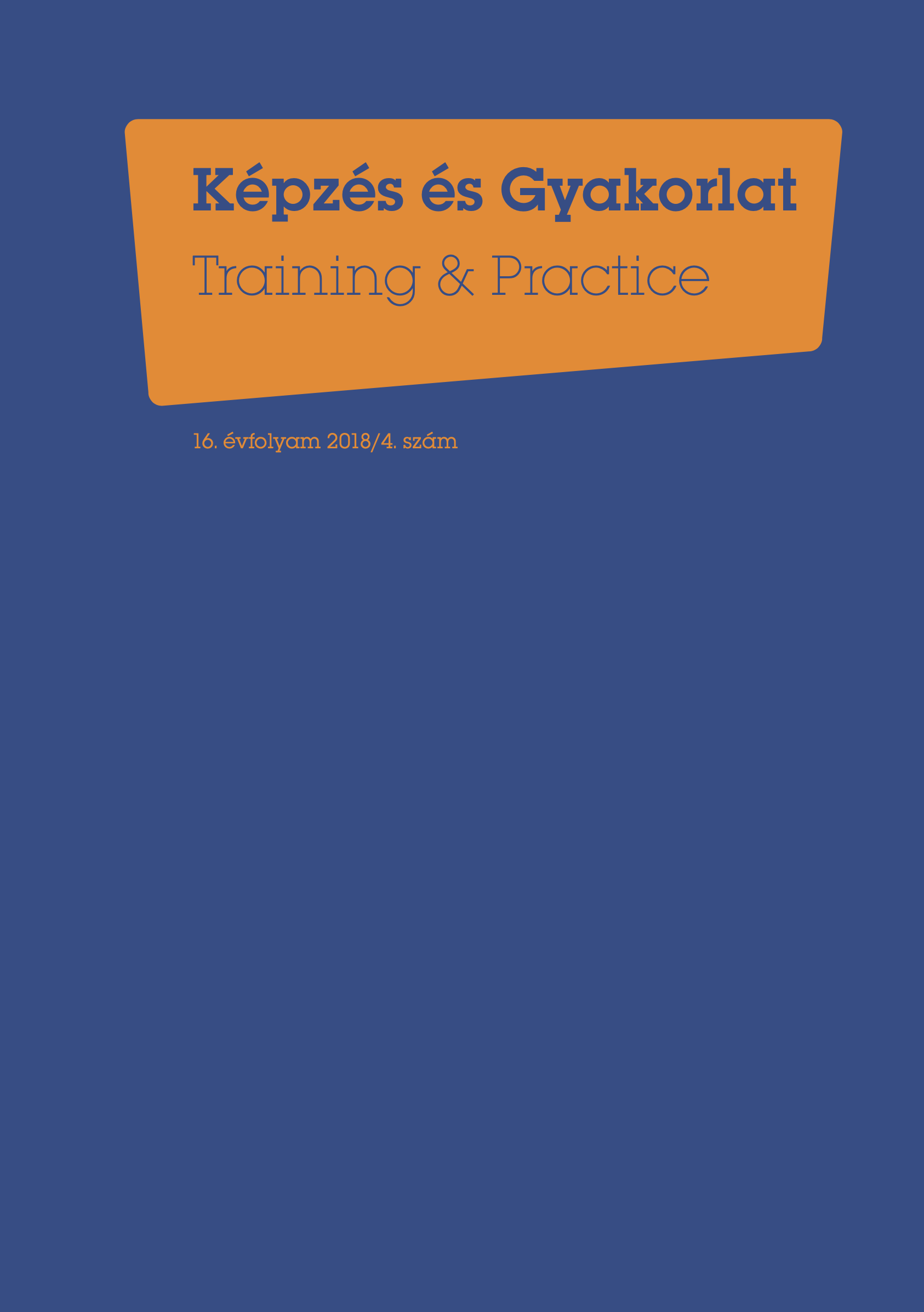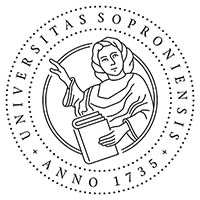Differenciálás a labdajátékos testnevelésórán a 3–4. osztályban
DOI:
https://doi.org/10.17165/TP.2018.4.10Absztrakt
A Nemzeti Alaptanterv kiemeli a testnevelés műveltségterület céljának meghatározásánál a rendszeres fizikai aktivitás biztosítását, amely minden tanuló életében felnőttkorban is jelentős szerepet játszik. Fontos, hogy minden diák élethosszig tartó egészségtudatos, aktív életvezetésre szocializálódjon. Leendő tanítóként kiemelkedő jelentőségűnek tartjuk, hogy a gyerekek megízleljék a mozgás örömét a labdajátékok segítségével. A pedagógusok változatos, játékos, élményt nyújtó, a gyerekek életkori sajátosságaikhoz mérten hatékony, differenciált testnevelésórát tartsanak. Az egészségtudatos életmódra nevelés egyik alappillére, hogy a tanuló saját edzettségi szintjéhez mért, hatékony testnevelésórán vehessen részt, amely folyamatos teljesítménynövelésre motiválja. A Polar OH1 optikai pulzusmérő segítségével objektívan mérhető a gyerekek állóképessége, terhelhetősége.
Hivatkozások
Báthory, Z. – Falus, I. (1997). Pedagógiai Lexikon I. kötet A – H. Budapest: Keraban Könyvkiadó.
Bencéné Fekete, A. (2012). Egésznapos iskola - mit várnak a szülők? Képzés És Gyakorlat, 10 évf. 1–2. sz. pp. 3–15.
Cziberéné, N. G. (2013). Testnevelés tantárgy – pedagógia I. [online] http://www.jgypk.hu/mentorhalo/tananyag/Testneveles/index.html [2018. június 8.]
Galgóczi, F. (1993). Módszertani ajánlás az alsó tagozatos mindennapi testnevelés játékos módszeréhez és méréseihez. Veszprém: Veszprém Megyei Pedagógiai Intézet
Gergely, I. (2017): Differenciálás a testnevelés foglalkozásokon. [online] https://gergelyildi.wordpress.com/6-2/testneveles-foglalkozasokrol/5-differencialas-a-testneveles-foglalkozasokon/ [2018 .augusztus 02.]
Hocza, Á. – Bóka, F. (2017): Testnevelés és népi játékok.[online] forrás [2018. augusztus 10.]
Lappints, Á. (1998). Érték és nevelés. Pécs: Comenius Bt.
McKenzie, T. L. – Simon, J. M. – Sallis, J. F. – Conway, T. L. (2000). Student activity levels, lesson context, and teacher behavior during middle school physical education. Research Quarterlyfor Exercise and Sport, 71(3). pp. 249–259. DOI: https://doi.org/10.1080/02701367.2000.10608905
Nagy, T. (1986). Testnevelés 1 – 4. osztály. Budapest: Tankkönyvkiadó.
Nagy, Zs. – Müller, A. (2017). Középiskolai tanulók terhelhetőségének mérése egy röplabda tanítási egység közben. [online] http://real.mtak.hu/72165/1/08_Nagy.pdf [2018. április 16.] DOI: https://doi.org/10.21846/TST.2017.1-2.6
Nemzeti Alaptanterv (2012). Nemzeti Alaptanterv kiadásáról, bevezetéséről és alkalmazásáról. Magyar közlöny, 2012. 66. sz.
Révész, L. – Csányi, T. (2015). A testnevelés tanításának didaktikai alapjai – Középpontban a tanulás. Budapest: MDSZ.
Szabó, E. – Farmosi, I. – Gaál, S. – Keresztesi, K. (2009). Motor performance of 7–9 year old girls with regard to athletic selection. In: Hughes, M. – Dancs, H. – Nagyvaradi, K. (szerk.), Research in Sport Science. (pp. 233–240) Cardiff: Data2win Ltd.
Szerb, Gy. (2001). A jövő sportja a középiskolában – Diákpentatlon. In: Új Pedagógiai Szemle, [online] http://epa.oszk.hu/00000/00035/00045/2001-01-mh-szerb-jovo.html [2018. június 8.]
Sz.n. (2010). A mindennapos játékos egészségfejlesztő testmozgást és az iskolai sportfoglalkozásokat támogató fejlesztések. (2010) [online] http://huszargaliskola.hu/userfiles/files/tamop314mijaelet.pdf [2018. június 9.]
Letöltések
Megjelent
Folyóirat szám
Rovat
License
Copyright (c) 2018 Jakab Gabriella, Borsi Bence

This work is licensed under a Creative Commons Attribution-NonCommercial-NoDerivatives 4.0 International License.








